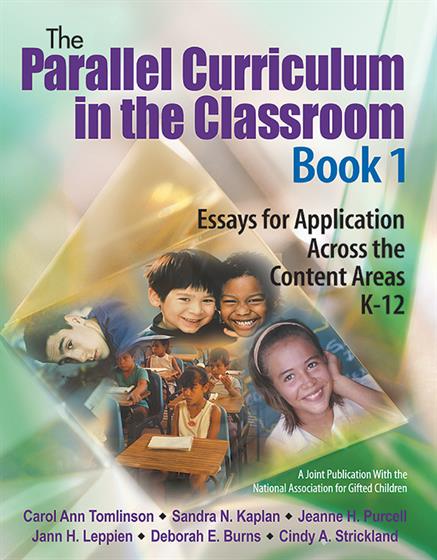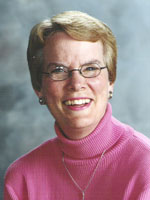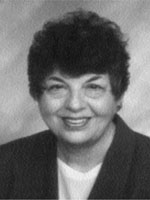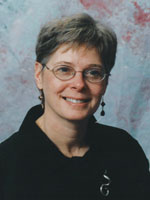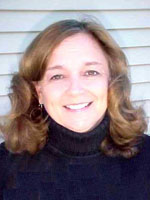Hands-on, Practical Guidance for Educators
From math,
literacy, science, equity, multilingual learners, and SEL, to assessment, school counseling,
and education leadership, our books are research-based and authored by experts
on topics most relevant to what educators are facing today.

The Parallel Curriculum in the Classroom, Book 1
Essays for Application Across the Content Areas, K-12
Enrich your understanding and application of the Parallel Curriculum Model!
The Parallel Curriculum remains a groundbreaking publication for rich curriculum development. The Parallel Curriculum in the Classroom, Book 1 delves more deeply into the classroom application of the Parallel Curriculum Model, providing in-depth examinations of how to:
- Design appropriate curriculum using the Parallel Curriculum Model
- Modify the curriculum and classroom environment for students to learn from multiple perspectives
- Extend opportunities with the Curriculum of Identity
- Plan curriculum and instruction using Ascending Intellectual Demand
Product Details
- Grade Level: K-12
- ISBN: 9780761929727
- Published By: Corwin
- Year: 2005
- Page Count: 128
- Publication date: September 08, 2005
Review Copies
This book is not available as a review copy.
